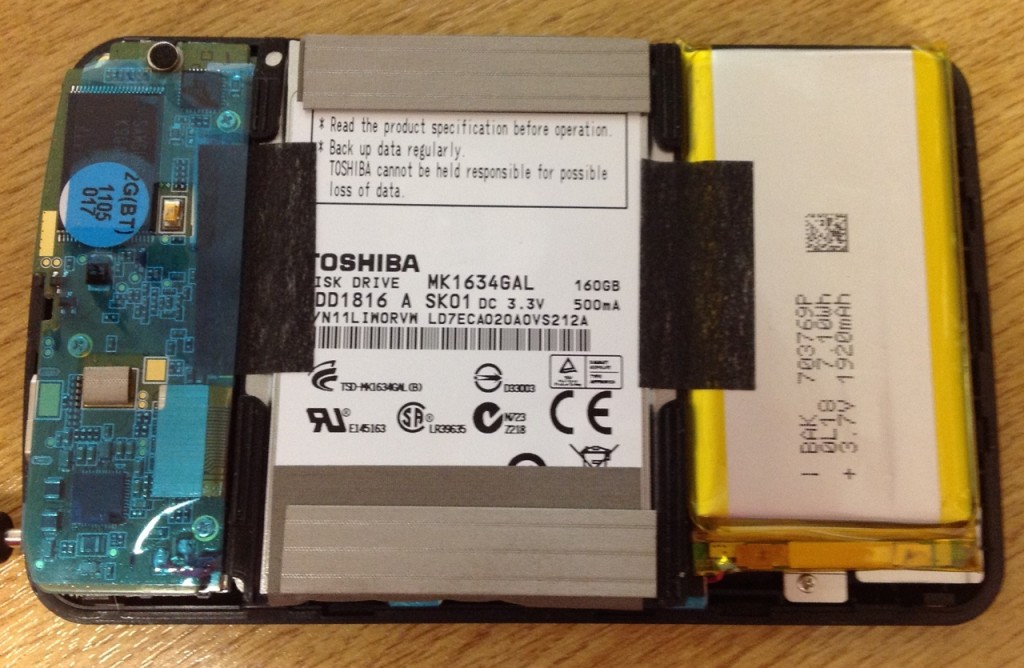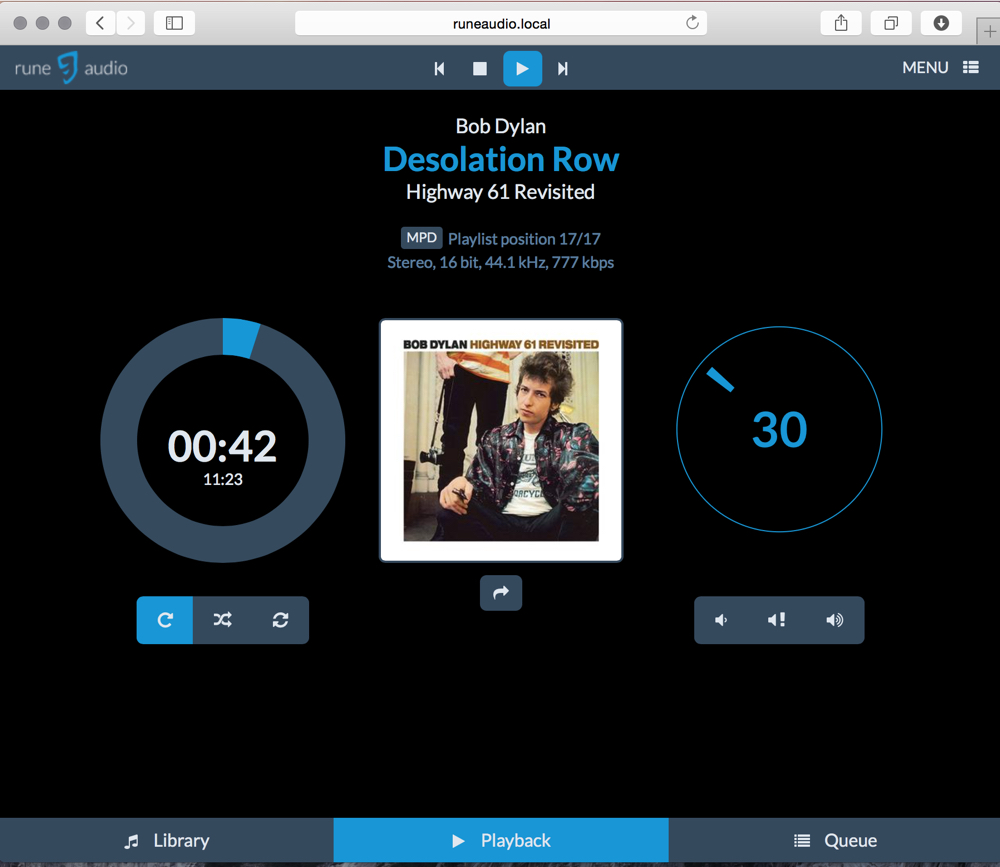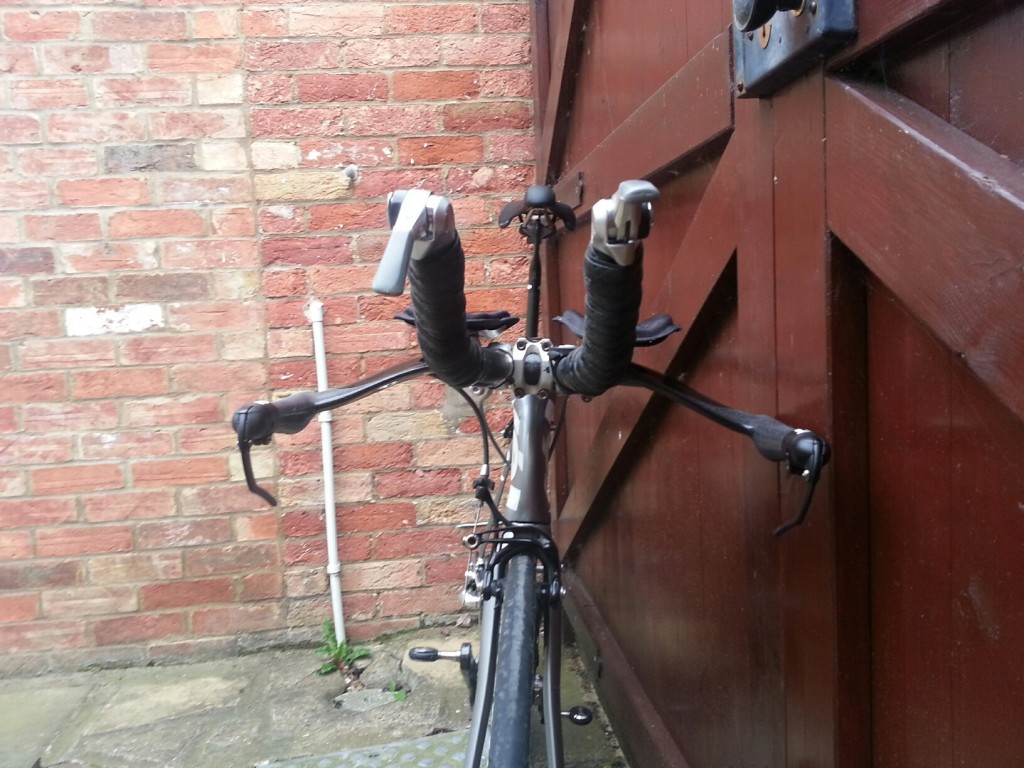Fortunately, the icy conditions we'd seen since Christmas had warmed a bit, so there wasn't any danger of slipping on ice. But on the other hand, the roads were distinctly damp and there was a very strong and blustery wind from the south. As Steve Abraham was calling in on the time trial (and riding it) as part of the first day of his attempt to beat Tommy Godwin's mileage record (follow his progress here), we had the presence of CNN and BBC Local News together with a large number of cyclists, many of whom decided to take part in the race. The new course devised by Tony Farmborough and Bryan Scarborough was being used for the first time, and this turned out to be something of a blessing, as there was much more space for people to meet and park near the start than at the assembly point for the earlier version. We'd scheduled Steve to start as #1, with NBRC riders starting behind him, though the #2 spot was left vacant. Out on the road, the starting section was really quick, with a stiff tailwind. Of course once we turned left at the first RAB, things got a bit twitchy in the wind, particularly for those riding with aero wheels (such as my H3).It got a little bit more twitchy after the second roundabout where riders turn left to join the main Stoke Hammond bypass, indeed at that point I not only had to dodge a sizeable diesel spill, but found my front wheel being wrenched violently from side to side. This soon passed, but really one needed to pay close attention and try to predict when the gusts might be worst. The new course's turn is one RAB further along that the earlier version of the course, and while this additional section is quite short, it's uphill and (today at least) into the teeth of the wind. After the event, riders were complaining about how slowly they completed that section!Round the turn, and we had a nice tail wind along the bypass before turning right to retrace to the finish. The final RAB sees riders doing a right turn. This did concern some people on safety grounds, but in practice it seemed fine - riders just need to keep an eye out for traffic and move into the right hand lane in good time. The final stretch was tough, into the wind to the finish.All in all a tough morning for a time trial. I think most of the riders felt for Steve, who by the time he started the time trial had already covered 116 or so miles.I finished in 24:55, a measly 1 second behind the winner, Richard Wood. As one wag observed, that probably corresponds to one wobble too many out there in the head wind! Still, I was fastest NBRC rider on the day.
| Pos | No | Name | Club | Time | Cat | Vets Std | .+ / - |
| 1 | 26 | Richard Wood | Arbis/Colbert | 24.54 | Sen | | |
| 2 | 5 | Robert Saunders | NBRC | 24.55 | V55 | 27.09 | .+ 2.14 |
| 3 | 25 | James Fox | CCLuton | 25.42 | Sen | | |
| 4 | 7 | Lindz Barral | Unattached | 25.51 | Sen | | |
| 5 | 15 | Geoff Bunyan | Bossard Wheelers | 25.52 | V54 | 27.04 | .+ 1.12 |
| 6 | 18 | Jason Lee | TeamMK | 26.46 | V45 | 26.23 | .- 0.23 |
| 7 | 14 | Ant Newland | Bossard Wheelers | 26.55 | V49 | 26.41 | .- 0.14 |
| 8 | 4 | Andy Wickham | NBRC | 27.14 | V44 | 26.18 | .- 0.56 |
| 9 | 20 | Andy Smith | TeamMK | 27.34 | V57 | 27.20 | .- 0.14 |
| 10 | 8 | Julian Thrasher | LBRCC | 27.46 | V40 | 25.59 | .- 1.47 |
| 11 | 21 | Matt Exley | Corley Cycles Drops RT | 27.52 | Sen | | |
| 12 | 22 | Chris Hopkinson | API - Metrow | 28.04 | V47 | 26.32 | .- 1.32 |
| 13 | 28 | Richard Golding | Unattached | 28.21 | V43 | 26.13 | .- 2.08 |
| 14 | 11 | James Barlow | LBRCC | 28.37 | Sen | | |
| 15 | 9 | Miles Walker | LBRCC | 28.59 | V52 | 26.54 | .- 2.05 |
| 16 | 27 | Rimas Grigenas | Unattached | 29.10 | Sen | | |
| 17 | 16 | Tom Krause | Unattached | 29.32 | Sen | | |
| 18 | 12 | Andy Martin | LBRCC | 29.37 | V43 | 26.13 | .- 3.24 |
| 19 | 13 | Trevor Watson | Bossard Wheelers | 29.43 | V55 | 27.09 | .- 2.34 |
| 20 | 10 | Tom Deprez | LBRCC | 29.58 | Sen | | |
| 21 | 24 | Katja Reitdorf | TeamMK | 30.05 | LV44 | 28.24 | .- 1.41 |
| 22 | 23 | David Goodhew | NBRC | 30.07 | V41 | 26.04 | .- 4.03 |
| 23 | 3 | David Price | NBRC | 30.12 | V47 | 26.32 | .- 3.40 |
| 24 | 6 | Neill Boddington | NBRC | 31.30 | V40 | 25.59 | .- 5.31 |
| 25 | 19 | Darren Winfield | LBRCC | 32.40 | V49 | 26.41 | .- 5.59 |
| 26 | 17 | Clive Faine | TeamMK | 32.46 | V68 | 28.42 | .- 4.04 |
| 27 | 1 | Steve Abraham | NBRC | 33.27 | V40 | 25.59 | .- 7.28 |
Timekeepers: Bryan Scarborough & Tony 'Desperado' Farmborough (NBRC)Pusher off: Dick Selley (NBRC)Route Signs: David Price (NBRC)





